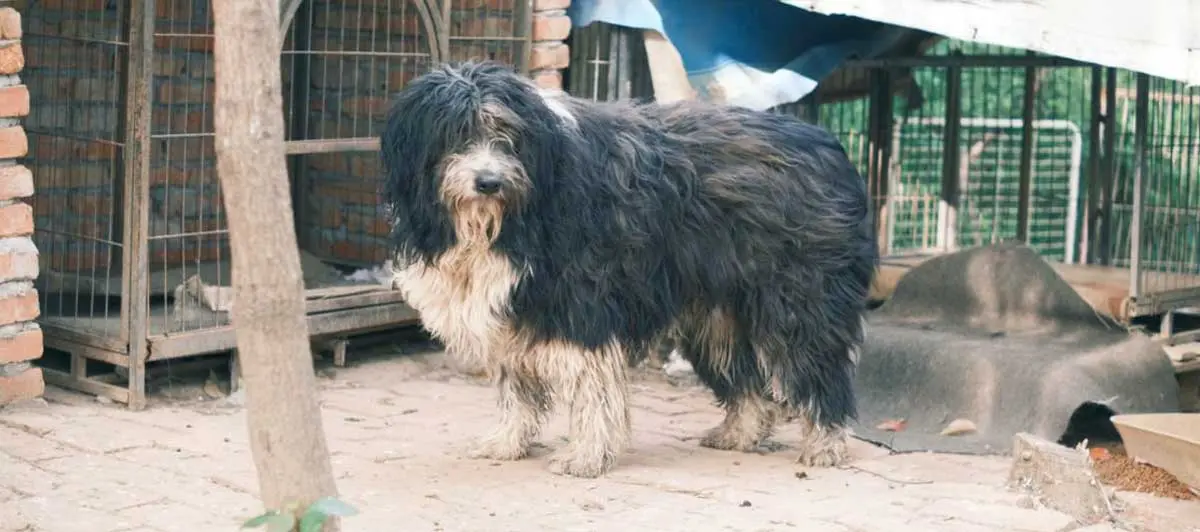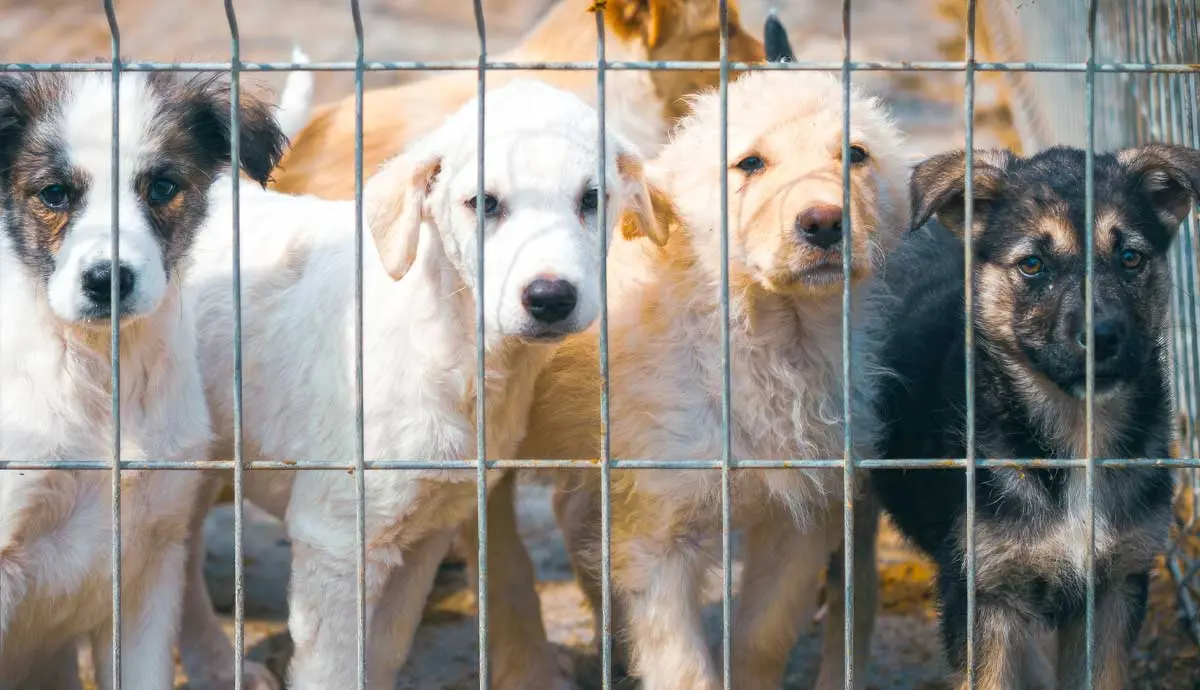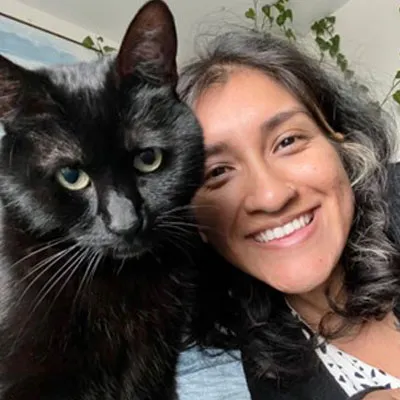Shelters stand as sanctuaries for countless animals in need of a forever home. However, not all shelters are created equally. Facilities differ in how they deal with sick or behaviorally challenged animals, and not all get the opportunity to find a loving family. In this article, we’ll discuss the importance of no-kill shelters, the role of overpopulation, and awesome organizations committed to giving healthy animals a fair chance at adoption.
No-Killer Shelters Do Not “Put Down” Healthy Dogs

No-kill shelters, as the name suggests, are facilities that have a strict policy of not euthanizing healthy or treatable animals. These shelters focus on rehabilitation, adoption, and community engagement efforts to ensure that every animal under their care finds a loving home. Instead of resorting to euthanasia as a means of population control, no-kill shelters are committed to spaying and neutering programs, extensive adoption drives, and collaboration with rescue groups and foster networks.
The necessity of no-kill shelters comes from the ethical and moral obligation to protect the lives of innocent creatures. No-kill shelters serve as beacons of hope for animals deemed unworthy of recovery or adoption in conventional shelters. Elderly animals and those with medical conditions or behavioral issues are often euthanized in traditional facilities. No-kill shelters, however, embrace these animals with open arms, recognizing their inherent worth and potential for love and companionship.
It’s worth noting that these shelters make exceptions for euthanasia as a form of mercy for an animal with irrevocable medical or behavioral issues.
Contrast with Traditional Shelters

Traditional shelters share the goal of providing care for animals in need but operate under different principles regarding euthanasia. These shelters often face overpopulation due to limited space and a constant stream of strays or unwanted litters that are surrendered. Conventional facilities also deal with a lack of financial resources, time, and staff to meet the demands of all the pups.
As a result, they resort to euthanasia as a cruel solution to reducing the number of animals on their caseload. Animals that are considered “unadoptable,” such as senior pets or those with treatable medical or behavioral issues, may be euthanized to allocate resources for healthier animals.
According to a Shelter Animals Count database, more than 28,000 animals have been euthanized so far this year! While this approach may seem practical on the surface, it raises ethical questions about compassion, empathy, and the value of every life.
How Shelters Address Overpopulation

The root causes of overpopulation include irresponsible breeding, lack of accessible spaying and neutering services, and societal attitudes toward pet ownership. No-kill shelters tackle this issue through comprehensive spaying and neutering initiatives, public education campaigns promoting responsible pet ownership, and advocacy for legislative measures to curb backyard breeding and pet overpopulation.
Traditional shelters, on the other hand, often find themselves at the frontline of the battle against overpopulation, struggling with the consequences of unchecked breeding and abandonment. While euthanasia serves as a temporary action to decrease overcrowding, it fails to tackle the systemic issues fueling the cycle of animal homelessness.
Collaboration between no-kill and traditional shelters, alongside government agencies, rescue groups, and veterinary organizations, is crucial to implementing long-term solutions to combat overpopulation effectively.
Awesome No-Kill Organizations

There are a handful of fantastic organizations that have committed themselves to no-kill policies. Their operational models prove that shelters can thrive without defaulting to euthanasia when they have a large number of pets on their hands. For example, Best Friends Animal Society (BFAS) is on a mission to have all their shelters adopt a no-kill status by 2025, just in time for their 40th anniversary! They work with 4,200+ partners across the U.S. and helped save 3.6 million pets in 2022.
Another awesome pet rescue agency is Brother Wolf Animal Rescue in North Carolina. Although they are a smaller organization, their yearly impacts prove that every life counts. As a no-kill shelter, they have spayed and neutered 17,528 animals since this program began in 2018 and found homes for 1,585 pets in 2023. Every life saved means an animal has a greater chance of finding a loving family to call their own.
How the Public Can Help

As pet lovers and parents, we can support these organizations’ missions. The easiest way to take action is to donate money. This provides financial resources so organizations can hire more personnel, purchase food and supplies, or even move to a larger space to house more adorable animals.
For those who want a direct approach: volunteer. One extra person ensures more pets are socialized, fed, cared for, bathed, walked, and looked after on a given day. It might not seem like much, but socialization provides relief from stress, fear, anxiety, and all the other mental health issues shelter animals experience.
Another major way to help is by spaying and neutering pets. Unwanted litters are massive contributors to overpopulation. The average litter contains five to six puppies so a shelter may find itself making room for dozens of vulnerable doggies each month. By getting to the root of the problem and “fixing” a pet, fewer pups are surrendered, more resources are available, and the dogs at the facilities are more likely to be adopted.
The Bottom Line About No-Kill Shelters

No-kill shelters’ commitment to save and rehabilitate animals is a testament to the value of every life, irrespective of age, health, or circumstance. While traditional shelters battle overpopulation and limited resources, no-kill shelters offer hope to animal weather concerns.
Instead of defaulting to euthanasia, shelters must embrace a philosophy rooted in empathy, kindness, and inclusivity. This will foster a new era where no creature is considered disposable or unworthy of love and compassion. Pet lovers can also support by donating or volunteering their time with rescue organizations. Neutering or spaying pets also reduces overpopulation and increases the quality of life and resources for current shelter animals.





